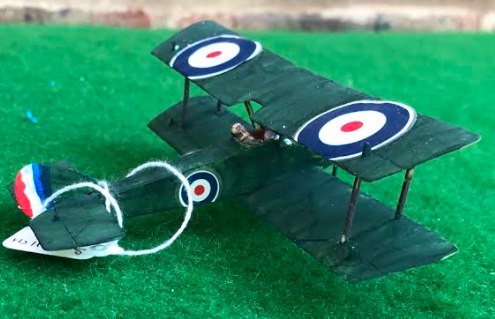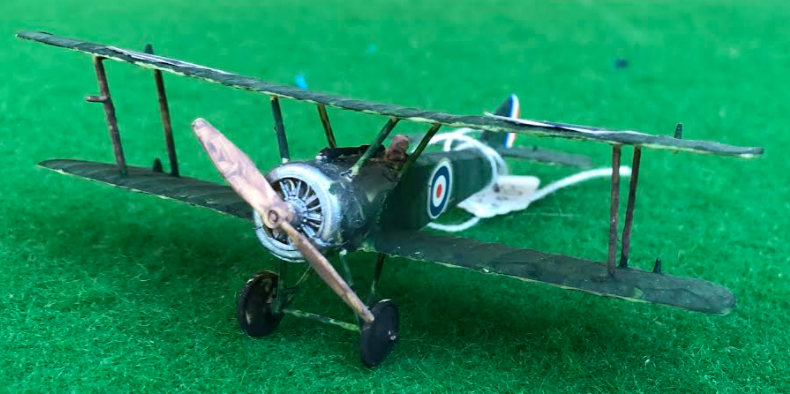Sopwith Pup
Sopwith Pup was a British single-seater biplane fighter aircraft built by the Sopwith Aviation Company. It entered service with the Royal Flying Corps and the Royal Naval Air Service in the autumn of 1916. With pleasant flying characteristics and good manoeuvrability, the aircraft proved very successful. The Pup was eventually outclassed by newer German fighters, but it was not completely replaced on the Western Front until the end of 1917. Remaining Pups were relegated to Home Defence and training units. The Pup’s docile flying characteristics also made it ideal for use in aircraft carrier deck landing and takeoff experiments.
Home Defence Duties
The raids on London by Gotha bombers in mid-1917 caused far more damage and casualties than the earlier airship raids. The ineffective response by British interceptor units had serious political repercussions. In response, No. 66 Squadron was withdrawn to Calais for a short period, and No. 46 was transferred for several weeks to Sutton’s Farm airfield near London. Two new Pup squadrons were formed specifically for Home Defence duties, No. 112 in July, and No. 61 in August.
The first Pups delivered to Home Defence units utilised the 80 hp Le Rhône, but subsequent Home Defence Pups standardised on the more powerful 100 hp Gnome Monosoupape, which provided improved rate of climb. These aircraft were distinguishable by the addition of vents in the cowling face.


